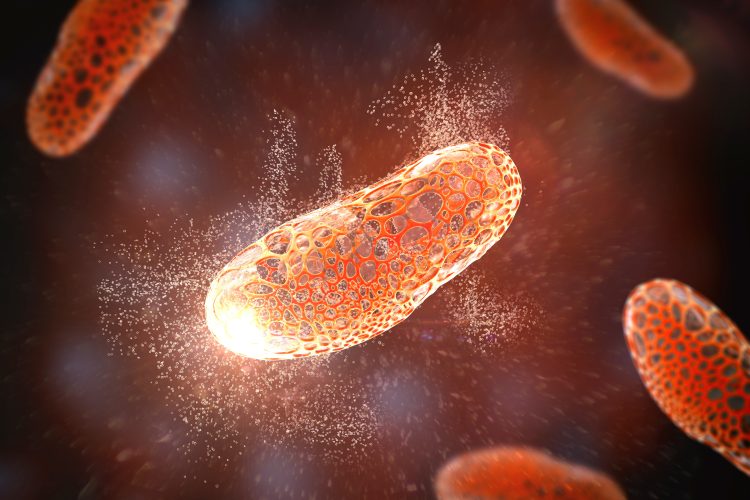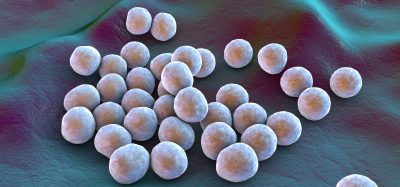New antibiotic overcomes antimicrobial mechanisms
Posted: 19 February 2024 | Drug Target Review | No comments yet
Researchers have created a novel molecule, which has an improved ability to bind to bacterial ribosomes, with a completely synthetic system.


Antimicrobial resistance is a global public health crisis, but now, researchers at Harvard University have created a new antibiotic which overcomes the antimicrobial mechanisms that have rendered many modern drugs ineffective.
The team was led by Dr Andrew Myers, Amory Houghton Professor of Chemistry and Chemical Biology, who commented that that their synthetic compound, named cresomycin, kills many strains of drug-resistant bacteria, including Staphylococcus aureus and Pseudomonas aeruginosa. He added: “While we don’t yet know whether cresomycin and drugs like it are safe and effective in humans, our results show significantly improved inhibitory activity against a long list of pathogenic bacterial strains that kill more than a million people every year, compared with clinically approved antibiotics.”
Cresomycin
The novel molecule shows an improved ability to bind to bacterial ribosomes, the particle whose main function serves as the site of mRNA translation and protein synthesis. Most antibiotics disrupt the ribosomal function, but some bacteria have evolved mechanisms that stop these drugs from working.
The cresomycin compound draws upon the chemical structures of lincosamides, a class of antibiotics that includes the commonly prescribed clindamycin. Clindamycin, like many antibiotics, is made by semisynthesis, in which complex products isolated from nature are modified directly for drug applications. However, cresomycin is fully synthetic and has chemical modifications that cannot be accessed through existing means.
Co-author of the study Ben Tresco, a Kenneth C. Griffin Graduate School of Arts and Sciences student, explained: “The bacterial ribosome is nature’s preferred target for antibacterial agents, and these agents are the source of inspiration for our programme…By leveraging the power of organic synthesis, we are limited almost only by our imagination when designing new antibiotics.”
Ribosomal binding
Bacteria can develop resistance to ribosome-targeting antibiotic drugs by expressing genes that produce ribosomal RNA methyltransferases. These enzymes block the drug components that are designed to latch onto and disrupt the ribosome, which ultimately stops the drug’s activity.
Dr Myers and his colleagues engineered their compound into a rigidified shape that closely resembles its binding target to overcome this issue, giving it a stronger grip on the ribosome. They call their drug “pre-organised” for ribosomal binding as it does not need to expend as much energy conforming to its target as existing drugs must do.
Component-based synthesis, a method pioneered by the Myers lab, involves building large molecular components of equal complexity and bringing them together at late stages. This modular and completely synthetic system enables them to create and test hundreds of target molecules, significantly quickening the drug discovery process.
Co-author and graduate student Kelvin Wu emphasised: “Antibiotics form the foundation on which modern medicine is built…Without antibiotics, many cutting-edge medical procedures like surgeries, cancer treatments, and organ transplants, cannot be done.”
Currently, the team is continuing to advance these compounds through preclinical profiling studies, supported by a grant from Combating Antibiotic-Resistant Bacteria Biopharmaceutical Accelerator (CARB-X).
Dr Curtis Keith, the Harvard accelerator’s Chief Scientific Officer, commented: “These innovations from the Myers Research Group have the potential to yield new drugs that will one day meet a global health need.”
This study was published in Science.
Related topics
Antibiotics, Synthetic Biology
Related conditions
Antimicrobial resistance (AMR)
Related organisations
Harvard University







